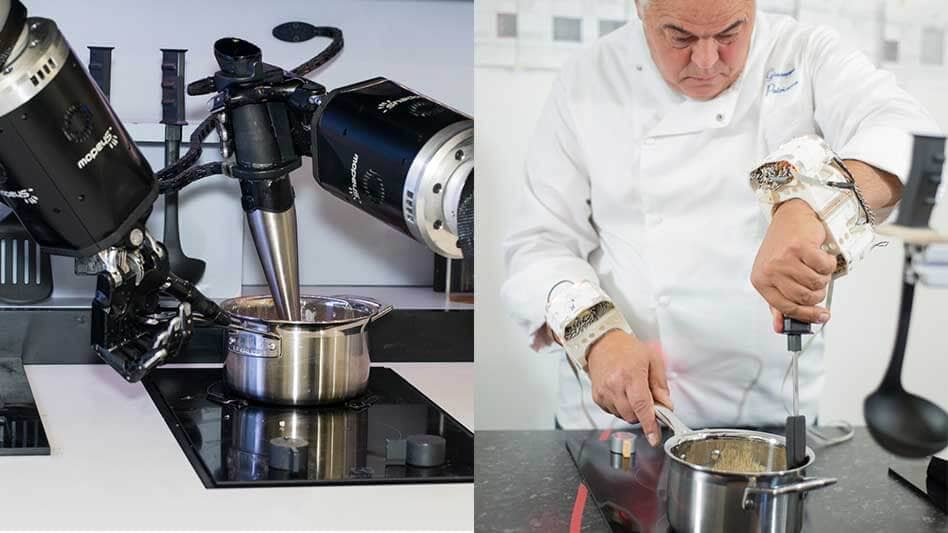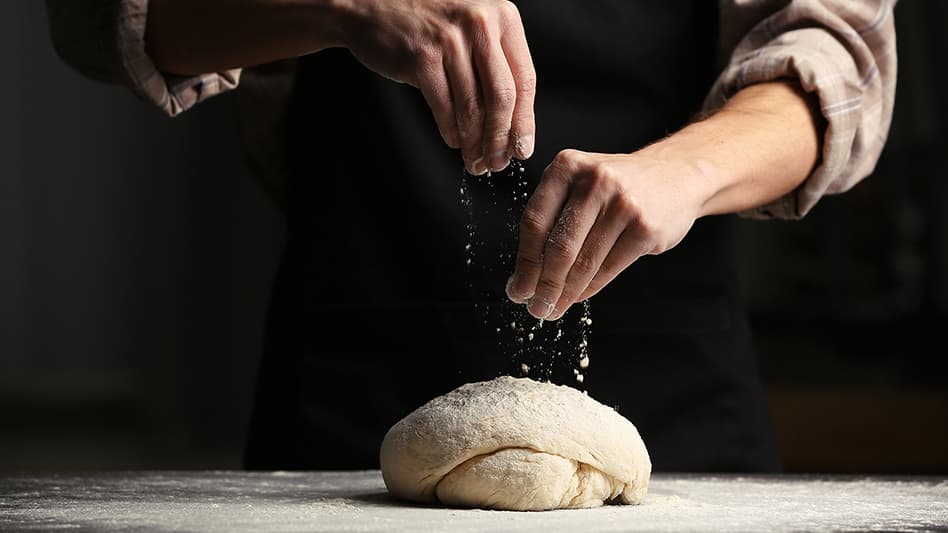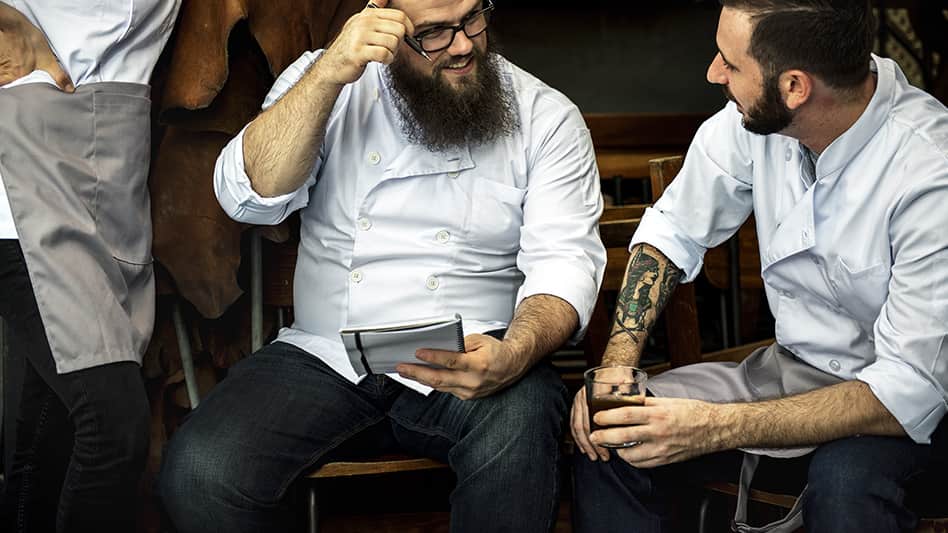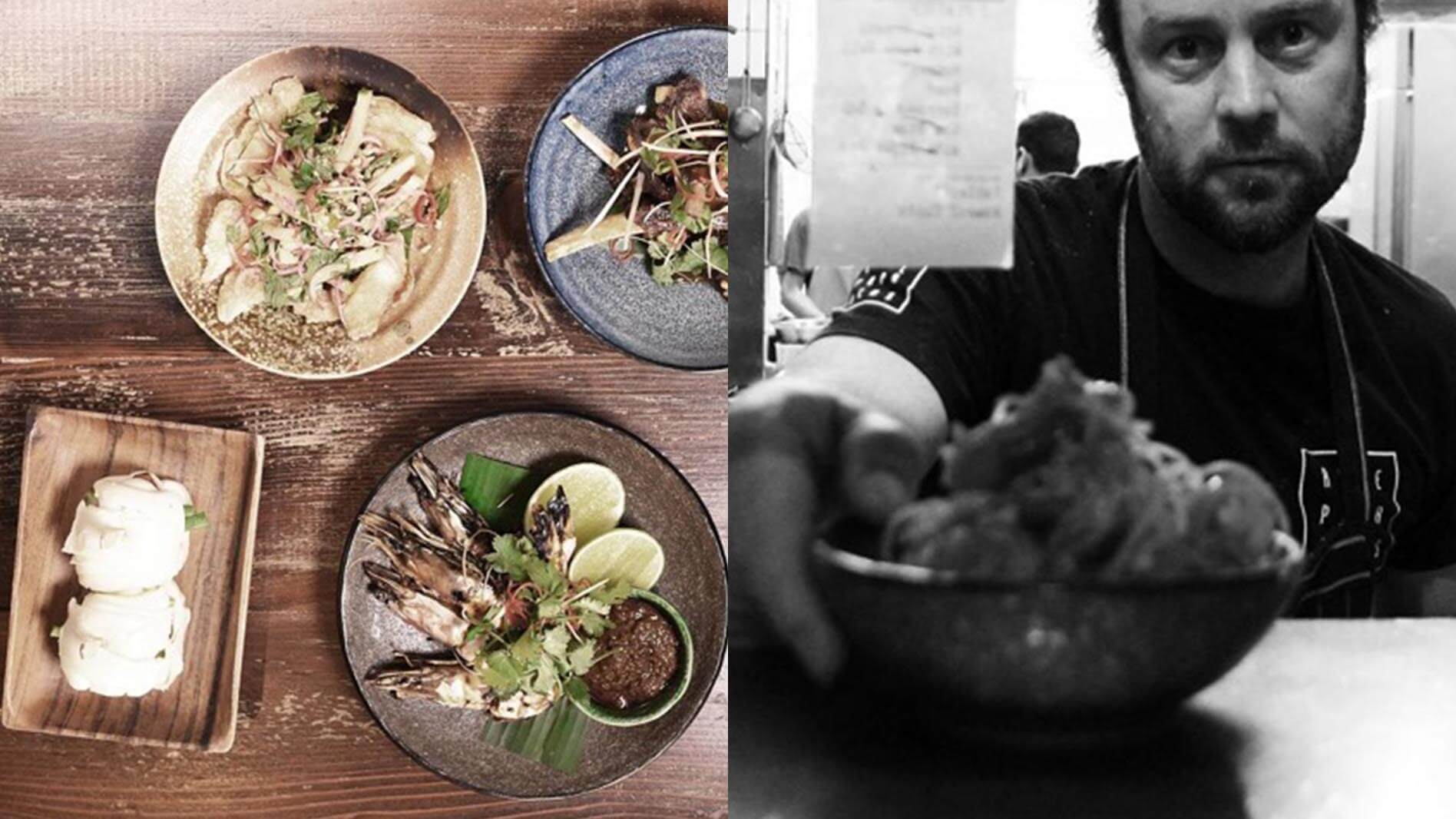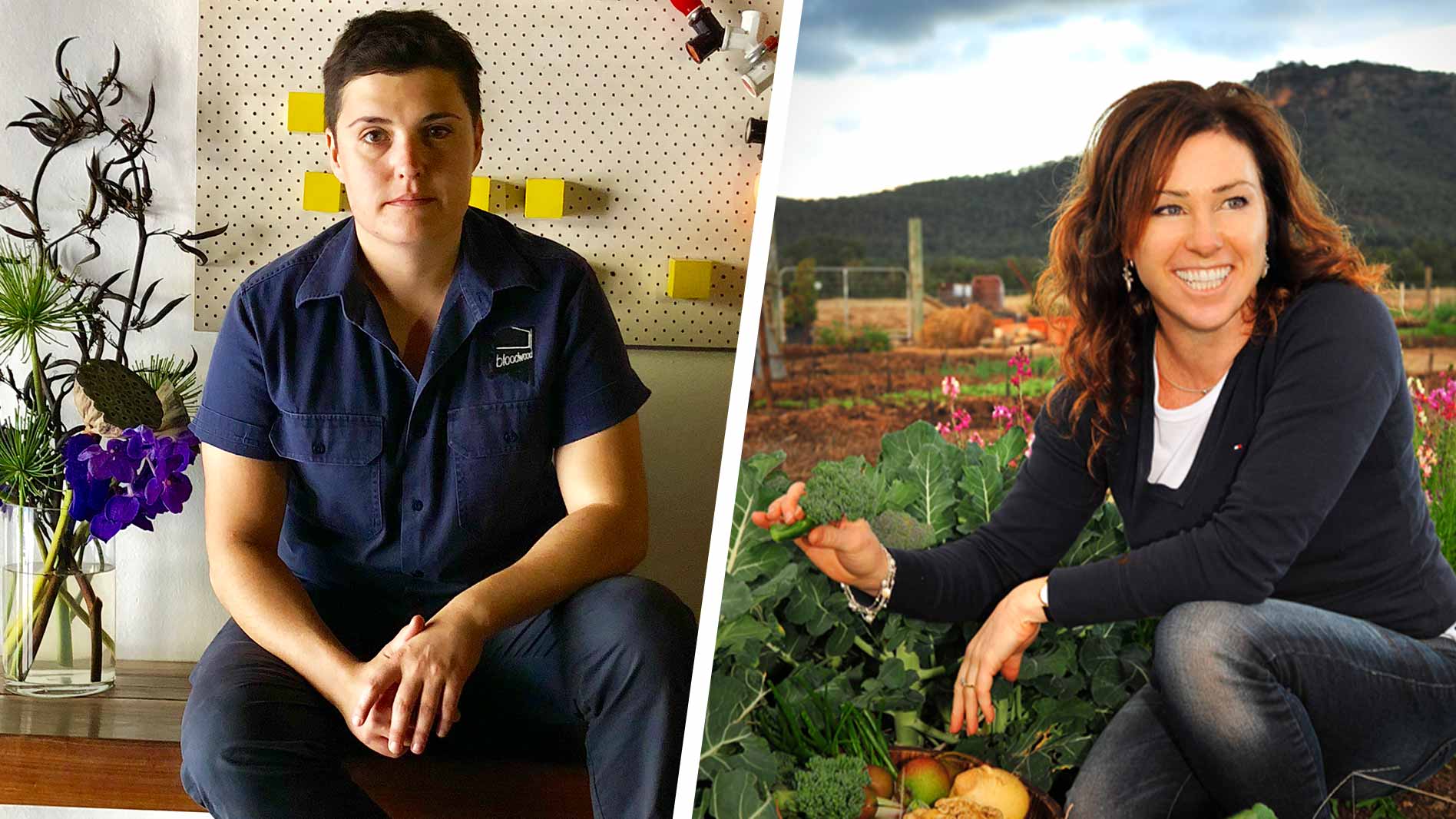Be inspired with recipes created by chefs.
Sign up for updates about products, special offers, news and promotional materials from Goodman Fielder.

Summary
Remember the start of your career when you spent endless hours chopping vegetables or slaving over a stove top? Well, those days are soon to be non-existent for chefs as robotics make their move into the hospitality sector in Australia, and around the globe.
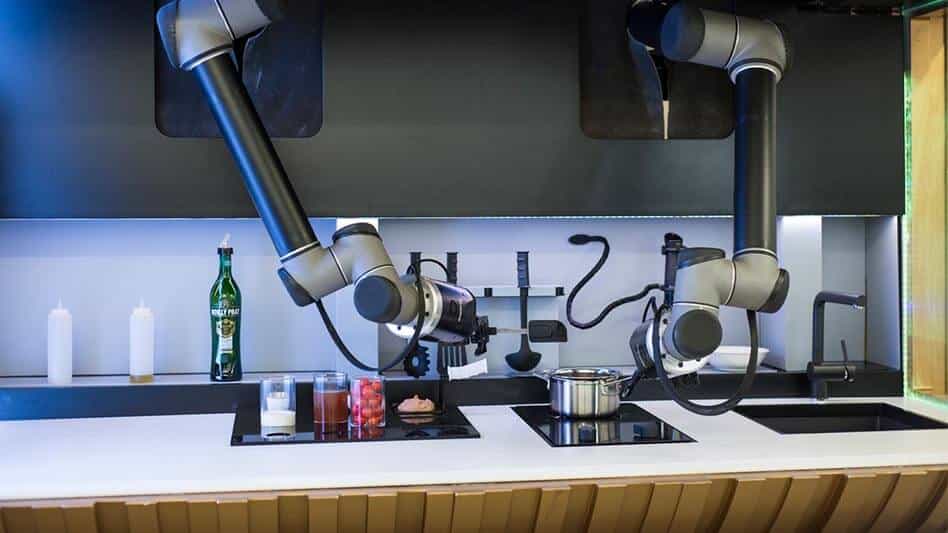
Robotics and automation tools are moving into the hospitality sector, faster than ever before. The shift towards using robotics in a kitchen has been coming into play for some time, but over the last 12 months, restaurants and fast food outlets across the globe are beginning to see the real benefit the electronics can have on their business.
According to the latest McKinsey Global Institute Report, “half of today’s working activities could be automated by 2055”. The report also claimed that 73 per cent of jobs within food service and hospitality can, and will, be replaced by robotics in the future.
And why is that? It’s because the intelligence of robotics has increased dramatically over the years. Meaning, robotics can now be programmed to perform a human-operated task better than ever before.
“Advances in machine learning and natural language processing have led to a new breed of AI-powered robotics that can handle jobs with greater cognitive complexity,” Australian website Technology 4 Hotels claimed. “Robots and AI could be used to help increase operational efficiency, decrease staff costs and improve the guest’s experience.”
It has been found that automation tools not only reduce the percentage of errors within a task, but they can also improve productivity, as well as the quality of work. And while the move towards robotics is seen to be costly up-front, reports have suggested that over time, the investment will become cheaper than employing a human to perform the task.
An Australian-based robotic company, Omron has also claimed that “robots can be the future, as they improve efficiency and are set to resolve issues of both labour and skills shortage.” So, could this be the answer to the shortage of chefs that Australia has been looking for?
And while Australia is yet to see the introduction of robotics in kitchens and restaurants, many venues overseas have made the switch to the new way of the future. According to The Australian, “Android waiters are making their mark…In northeast China at Ningbo, they take orders, serve food and use an optical sensing system to navigate, but they can only utter a handful of phrases in Mandarin.
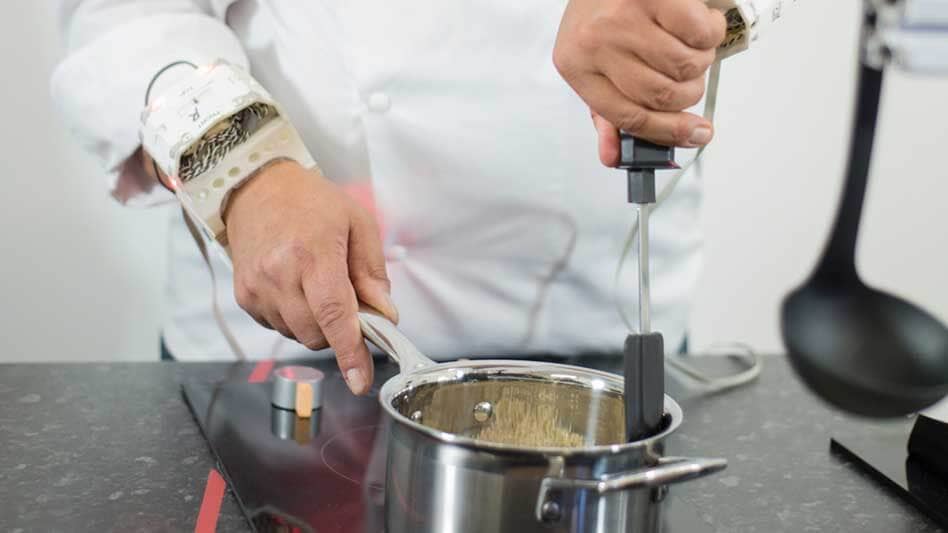
“The Wishdoing restaurant in Shanghai boasts robots that can cook dishes in less than three minutes,” the local newspaper continued. “That means the vast slab of restaurant practices – taking orders, preparing food and serving dishes – can be mechanised”.
UK-based company, Moley Robotics have also produced the world’s first robotic kitchen. According to the company, the kitchen features an “advanced, fully functional robot integrated into a beautifully designed, professional kitchen. It cooks with the skill and flair of a master chef.” The one-of-a-kind robotic kitchen also features a recipe library, which eventually will be able to be accessed remotely by professionals.
A fastfood store in California has also replaced a number of their grill workers with a robotic – who has since become famous worldwide for his burger flipping skills. CEO of Miso Robotics told the UK’s Telegraph: “Though we are starting with the relatively ‘simple’ task of cooking burgers, our proprietary AI software allows our kitchen assistants to be adaptable and therefore can be trained to help with almost any dull, dirty or dangerous task in a commercial kitchen — whether it’s frying chicken, cutting vegetables or final plating.”
Back in 2015, the world-famous IBM’s Watson robot visited the Institution of Culinary Education in New York City, where it created recipes after simply being told a region, an ingredient and a type of dish. The institute’s director, Chef Michael Laiskonis told NY Daily he was surprised the robotic was able to produce a range of recipes within minutes, making the job of menu-planning look easier than ever before.
In Australia, the most advanced automation technology, which some venues have been exposed to, is self-ordering systems. This is where a customer can order and pay for their meal, all at a touch of a button. “In Australia, the AirService platform automates food ordering processes and eventually could morph into a full-fledged robot,” a report by The Australian claimed.
“AirService lets customers order and pay for their meals using smartphones and tablet with no need for a waiter”. This can currently be witnessed within local McDonald’s stores, where they have replaced the front of house staff with computerised screens where orders and payments are made.

But it’s not just food service that will be affected by robotic tools in the very near future. Development of food packaging is also set to face the digital change, as humans within factories are replaced by the stainless-steel machines.
According to KUKA Magazine, “Packaging is decisive where product safety and consumer behaviour are concerned. New packaging designs, ever shorter product cycles and an increasing diversity of variants pose growing challenged to food industry manufacturers.
“Intelligent and flexible automation solutions play a significant role in overcoming these challenges both quickly and profitably,” they continued. “Along with packaging, machines with automatic format adjustment, highly efficient robots, in particular, those equipped with camera systems, have long been established as the backbone of food production.”
Related Ideas
25th March 2023
A Chef’s Guide to Gluten Free Baking
Want to know how to turn your bakery goods into a gluten free delight? Check out our gluten free baking guide now.
25th March 2023
The Importance of Mentorships in Hospitality
The hospitality industry is changing at a pace we have never seen before. To make these challenging times slightly easier, a greater emphasis needs to be placed on mentoring and training the younger generation of chefs to ensure the future of hospitality is stronger than ever before.
21st March 2023
How Chefs can Deal with Dietary Requirements in their Kitchen
One of the key issues that many chefs face in dealing with dietary requirements in the kitchen is that it changes the nature of their dish. We spoke to some experts on how they deal with dietary requirements in their kitchens.
